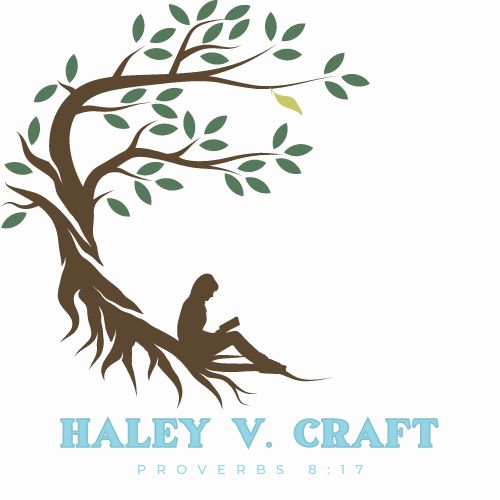Surely our griefs He Himself bore, and our sorrows He carried; yet we ourselves esteemed Him stricken, smitten of God, and afflicted. But He was pierced through for our transgressions, He was crushed for our iniquities; the chastening for our well-being fell upon Him, and by His scourging we are healed.
—Isaiah 53:4-5
I don’t remember how old I was. I was definitely in school. Maybe late elementary school or middle school. I was struggling with a homework problem for one of my classes, so I went to my daddy for help. He studied the problem for a few moments, reading through the question and answer choices with his brow furrowed in concentration. A moment later, however, his expression changed.
The creases above his brow dissipated, replaced by a smile and a gleam of excitement in his eyes. When he explained the problem to me, he ignored the question altogether. With this problem, the answer could be determined just by looking at the answer choices.
He walked me through each of the answer choices one by one. I hadn’t noticed before, but three of the answer choices were saying the same thing in three different ways. At first glance, they seemed to be different, but all three meant the same thing. There was no way that all three could be the correct answer, so the remaining answer, the one that was different, had to be the correct answer.
As I was studying for today’s devotion, thinking about the Easter holiday and what it means, I wandered to Isaiah 53. In Bible Drills as a child, I learned to call this chapter by the title “The Suffering Servant.” It’s a prophecy of Jesus’s suffering and sacrifice for us, written hundreds of years before He was born.
If you have any idea how Jesus’s story goes, especially toward the end of His life on earth, you can’t help but see how it connects. A man who wasn’t rich, famous, or particularly well-liked takes on all the sorrow and grief and the people who hated and killed Him. Can’t think of too many people who fit that description.
I was about to decide the passage was just one I needed to reflect on personally in honor of the holiday and move on to look for something else to write about when I decided to see what my commentaries had to say despite the obvious connection. The following came from George Williams in reference to Isaiah 53:5:
“Here is the simple doctrine of the Gospel—the death of Christ. This is the unique glory of the Gospel. All other Founders of religions base their claims upon their life and their teaching—their death was a calamity, and without significance. But Christ’s death was His glory, and forms the imperishable foundation of the one and only salvation. His purpose in coming was to die.”
It’s the most beautiful story ever told, partly because it’s not just a story, and partly because it’s the only one of its kind. In fact, it’s one of the very few things in this world that seem way too good to be true, but happen to be true anyway.
All the other answer choices that ever have been and ever will be are all saying the same thing in different ways. They all came about because a man—smart, or kind, or charismatic though he may be—was seeking his own glory. Only one answer involves the man with more wisdom, love, and authority than all the rest, choosing to give everything to make sure that even the people who hated Him had a chance at having their brokenness mended.
That’s what the latter half of verse 5 is all about—a shift from brokenness to completion. The word translated as well-being carries with it associations with completeness and peace. The word translated as healed doesn’t just refer to having one ailment taken care of, but means to be completely healed or purified.
Most of the answers to the question of religion require much of us, but not so with Jesus. He gives much. His offer is nothing short of everything we need and a healthy measure of joy to boot.
We certainly do have much to celebrate! Not the least of which is the truth that when the question of religion arose, God decided to throw His answer into the mix.






0 Comments